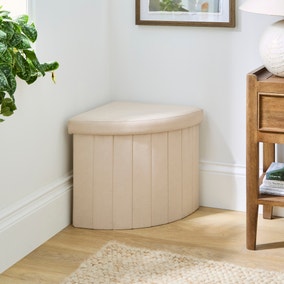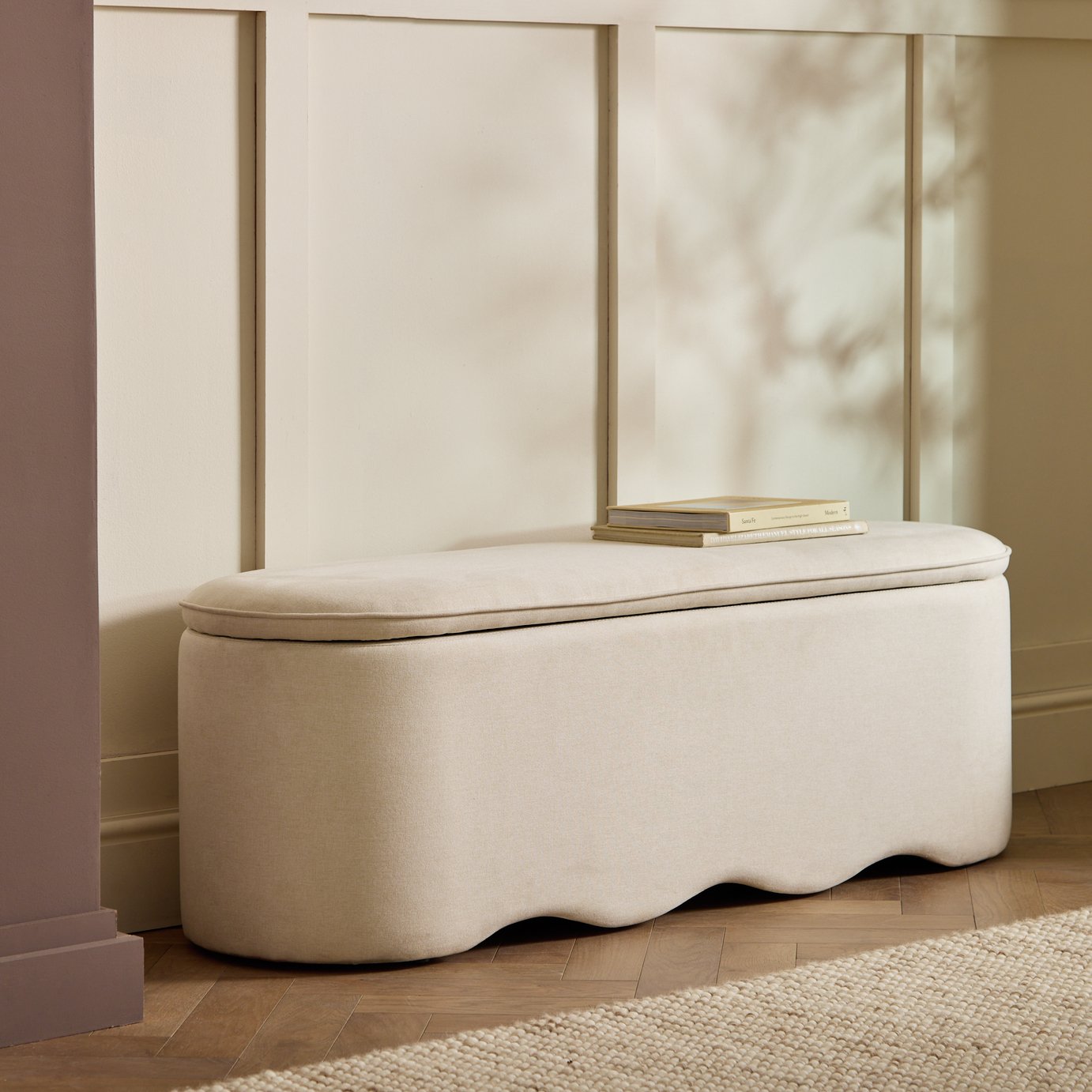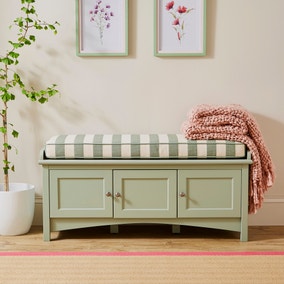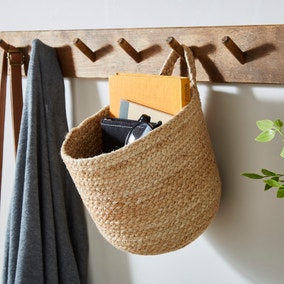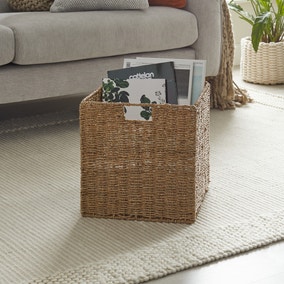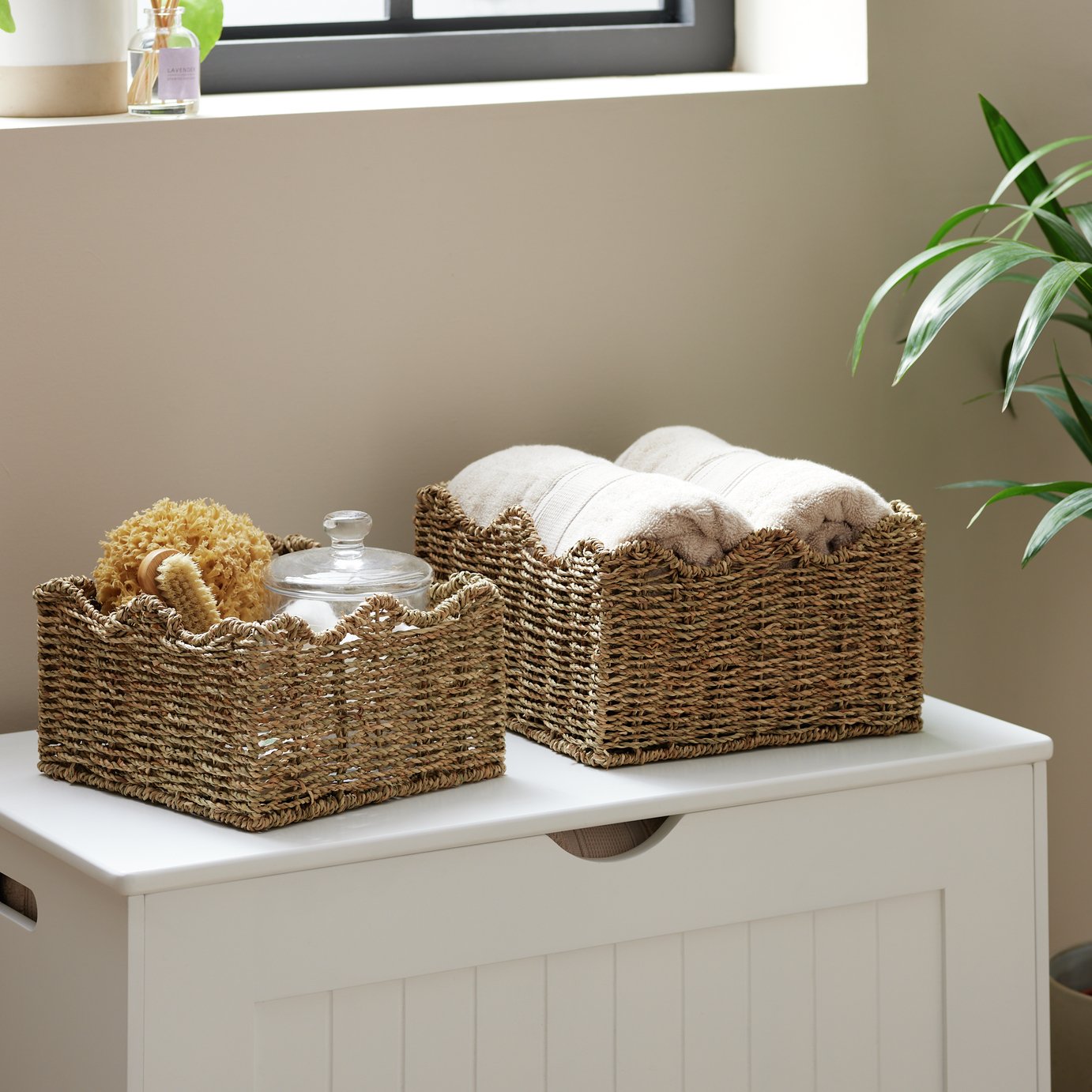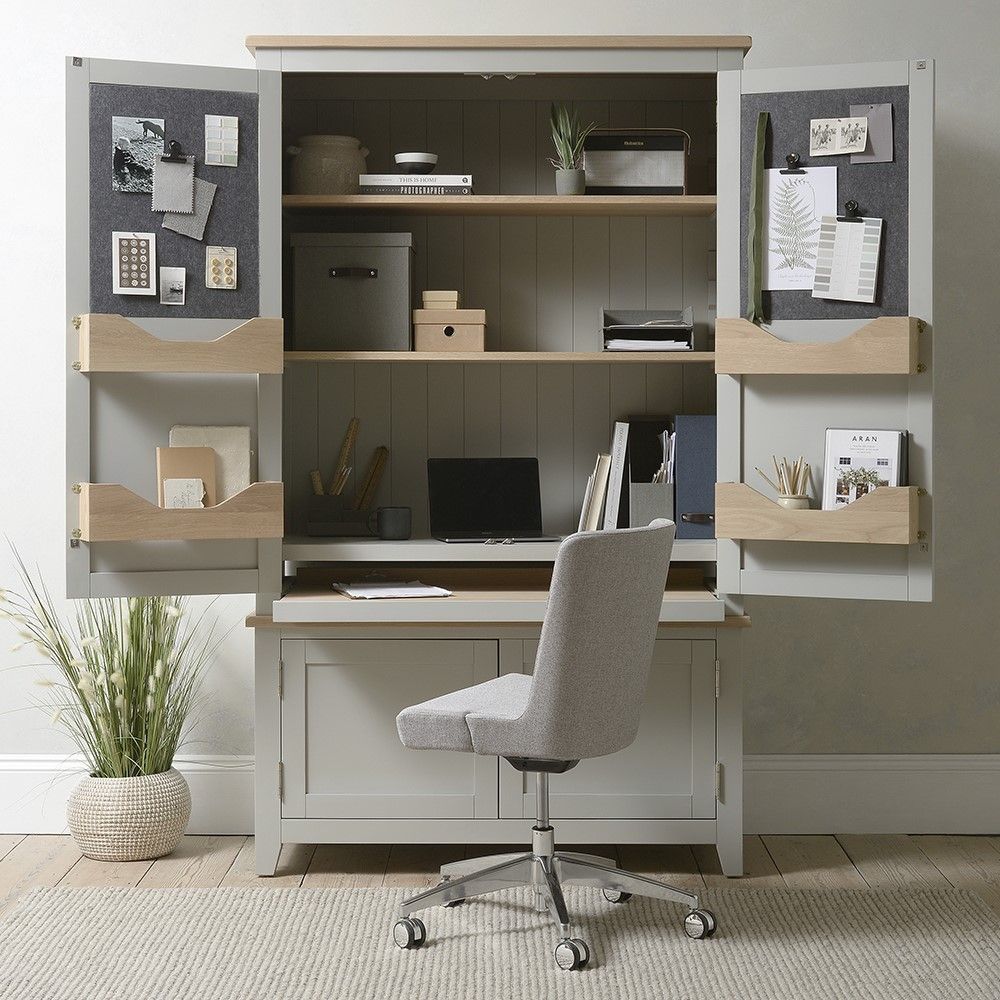Give your forgotten landing a new purpose with these expert-approved storage ideas
Discover how to transform wasted space into a hardworking feature with these creative landing storage ideas for every home
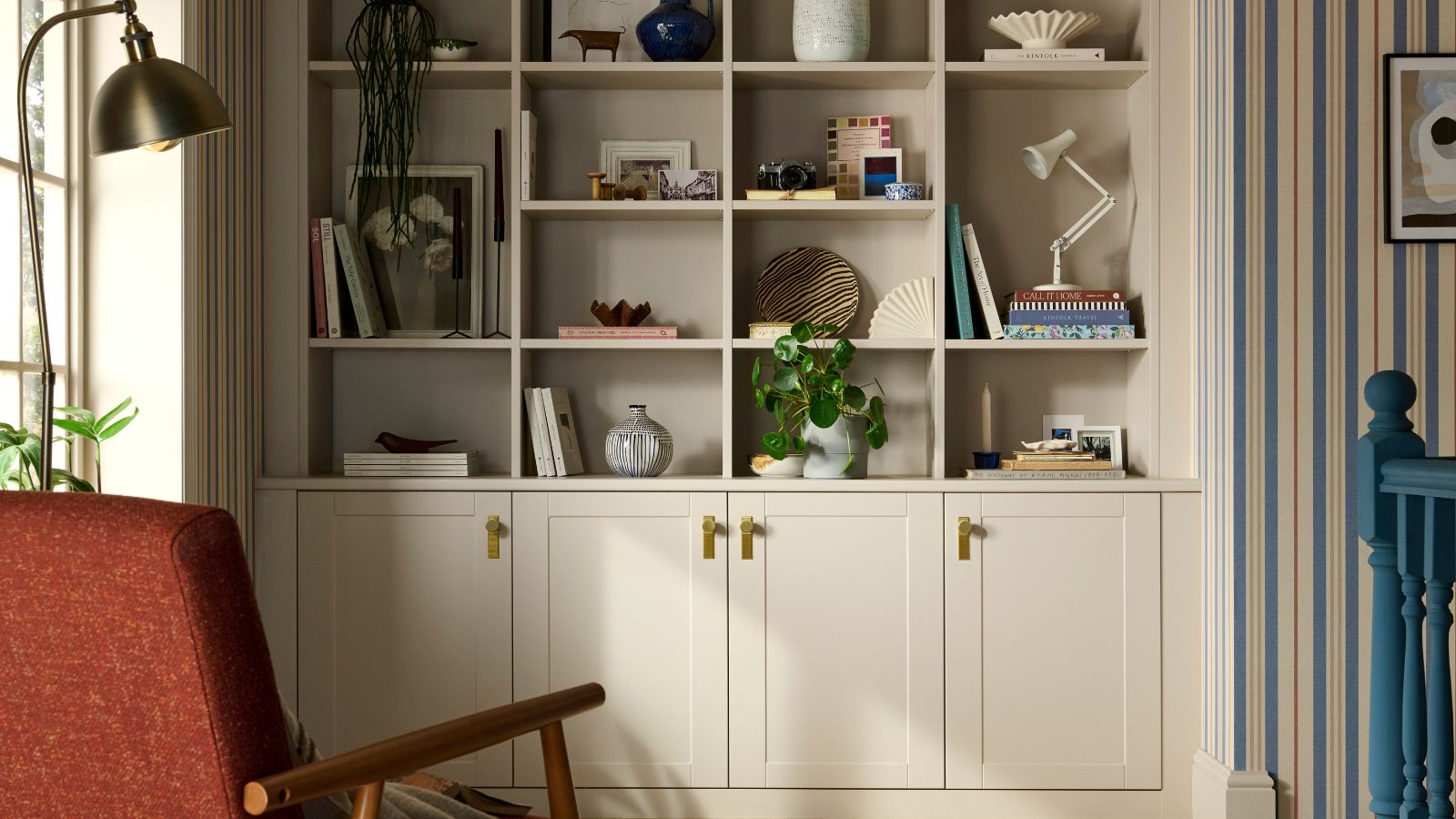
For many homes, the landing is a bit of a no man’s land – somewhere you pass through countless times a day without giving it much thought. Too small to be a room, yet too visible to ignore, it’s a space that often ends up doing very little. But with a bit of imagination, this overlooked area can work far harder than you think.
Built-in shelving can turn an empty stretch of wall into a smart display, while a bespoke window seat might hide away spare linens or board games beneath its cushions. Even a narrow console or a few floating shelves can bring order and style to an otherwise forgotten spot.
The trick is to treat your landing ideas with the same attention as any other room, because when it’s thoughtfully designed, this small space can add big impact. These expert-approved landing storage ideas show exactly how.
1. Go fully bespoke with a built in unit
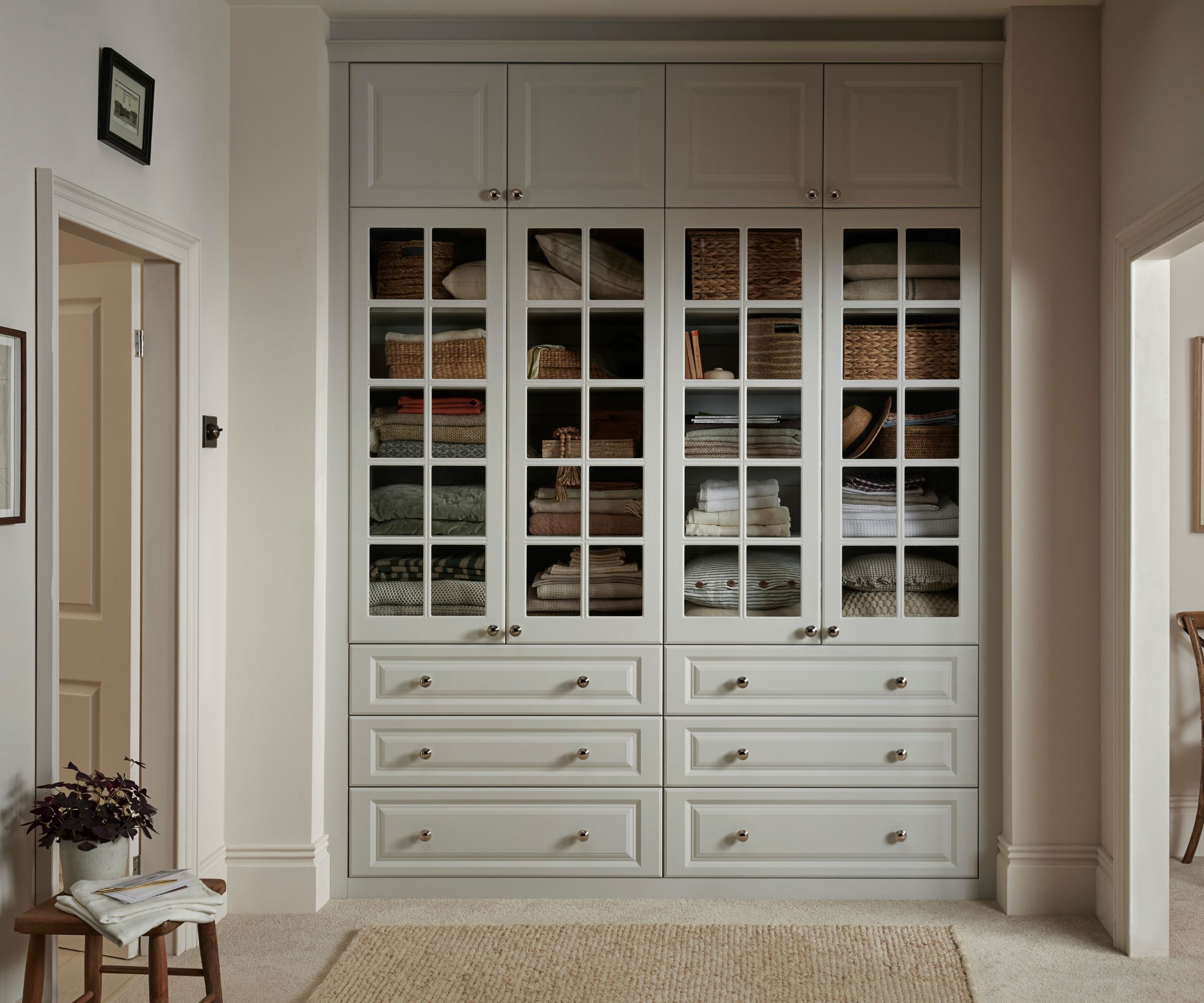
Every landing is different – a slope here, a window there, a wall that’s too short for furniture but too long to ignore. Going bespoke with your storage allows you to design around those quirks, creating storage that feels built in rather than added on.
“The beauty of bespoke design lies in its flexibility – you can get truly creative and tailor the space to your needs,” explains Rachal Hutcheson, national retail manager at Sharps. “For busy households, optimising every area is essential, but the key is to strike the right balance between function and aesthetic for a considered, elevated look. Combine closed cabinets to discreetly hide everyday items with open shelving for displaying books and cherished trinkets to add personality and warmth.”
Jonathan Clark, creative director at Shelved, has the following advice for planning bespoke storage: “Start by assessing the features that are already in the area. If your landing has a window, a window seat with built-in or modular storage is a discreet, seamless solution, keeping the space feeling light and open. Aim to keep the design cohesive with the rest of your home – coordinate finishes and colours with adjoining rooms or the bannister, and don’t be afraid to add personal touches such as houseplants or artwork.”

Rachal Hutcheson is National Retail Manager at Sharps, where she helps homeowners create beautifully organised spaces. With over 20 years’ experience, she specialises in bespoke fitted furniture that blends function with design.

Jonathan Clark is Creative Director at Shelved, a British brand known for its stylish modular storage systems. With a background in engineering and furniture design, he focuses on creating adaptable, timeless pieces that evolve with the way people live.
2. Opt for built-in bookcases
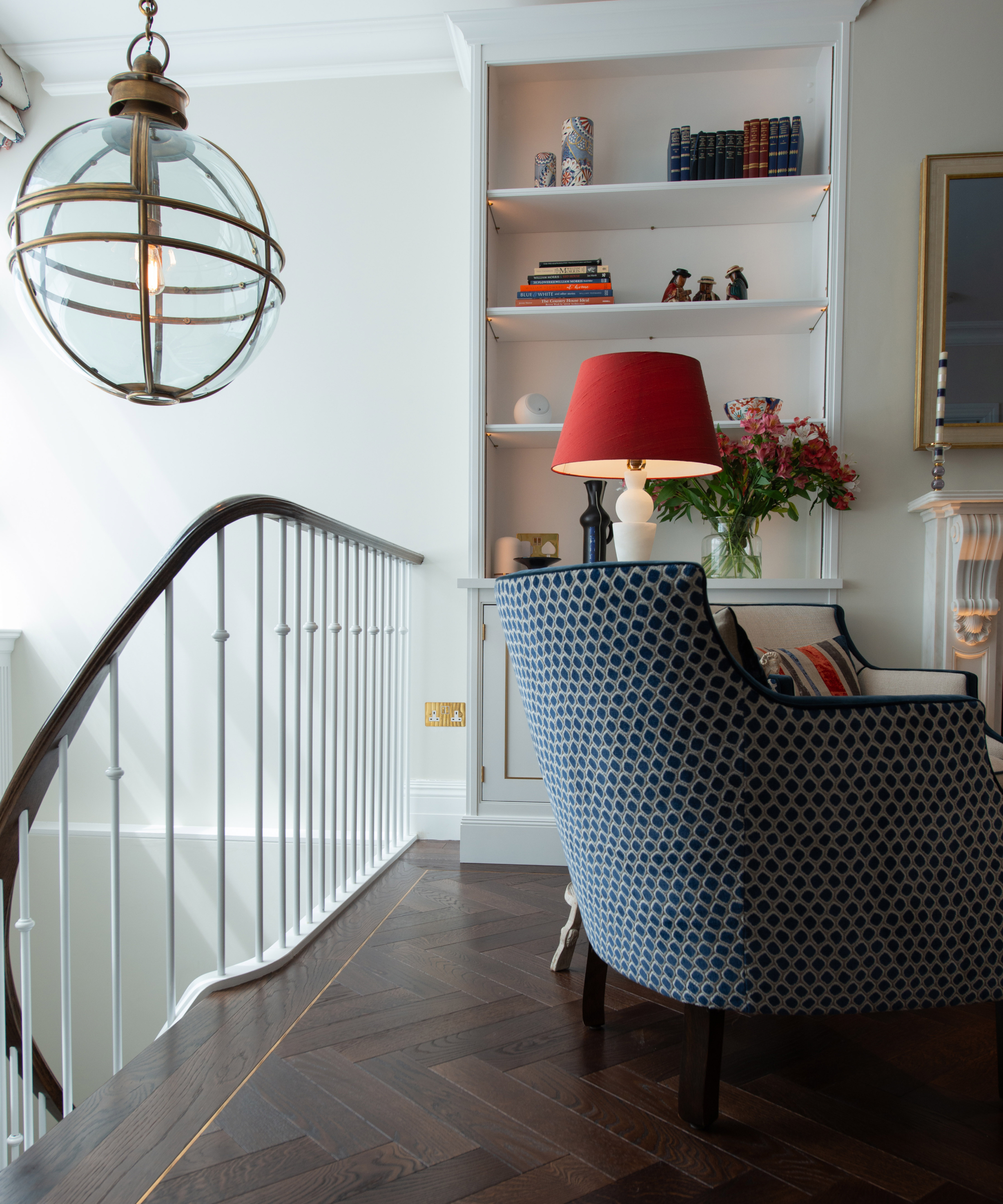
A run of built-in shelving can do wonders for a landing. Whether you’re storing books, lining up baskets or displaying ceramics, adjustable shelves keep the look flexible, while closed cabinetry below creates room for the less presentable things that still need a place to live.
Bring your dream home to life with expert advice, how to guides and design inspiration. Sign up for our newsletter and get two free tickets to a Homebuilding & Renovating Show near you.
If bespoke joinery isn’t within reach, a slim freestanding unit can still deliver that same sense of order. Choose a shallow profile so it doesn’t eat into the walkway and finish it in a tone that echoes the staircase or wall colour to help it settle quietly into its surroundings.
3. Add hidden storage beneath a window
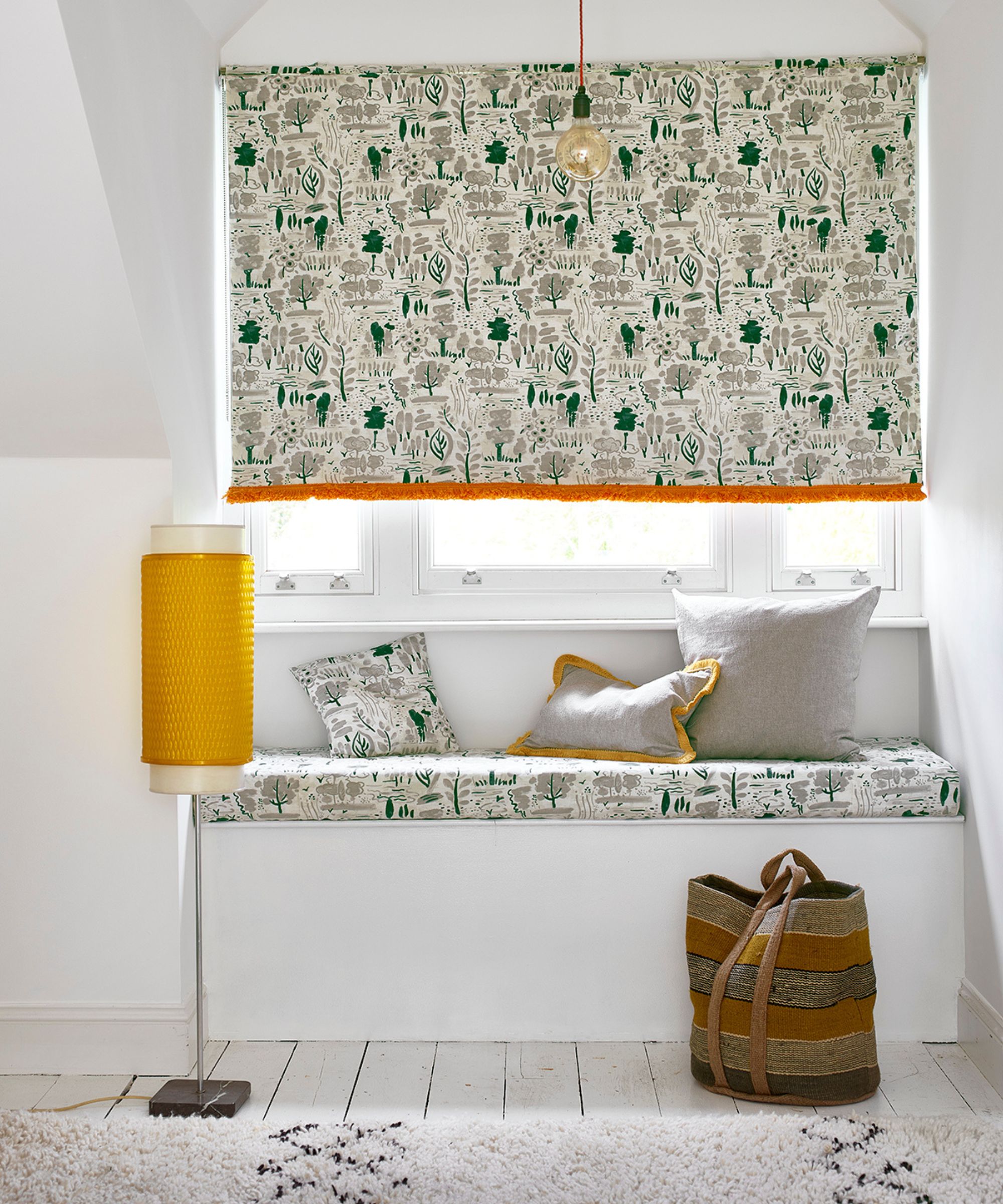
If your landing has a window, it’s the ideal place to build in a seat with hidden storage. A lift-up lid or discreet drawers beneath the cushion keeps everything from spare linens to children’s toys neatly out of sight. Melissa Denham, interior design expert at Hammonds Furniture, explains the appeal of these designs:
“Window seats not only provide a perfect spot for settling down with a good book and a cup of tea, but they also offer a perfect storage solution," she says. “Choosing a built-in bay window seat means you have a comfy seat to relax on as well as a space underneath to store essentials such as blankets, pillows, books and accessories."

Melissa has almost two decades of experience designing and delivering interior projects. Her clients have been varied, from large retailers to independent businesses or those who want vision in creating their dream space.
4. Float furniture for a light-touch solution
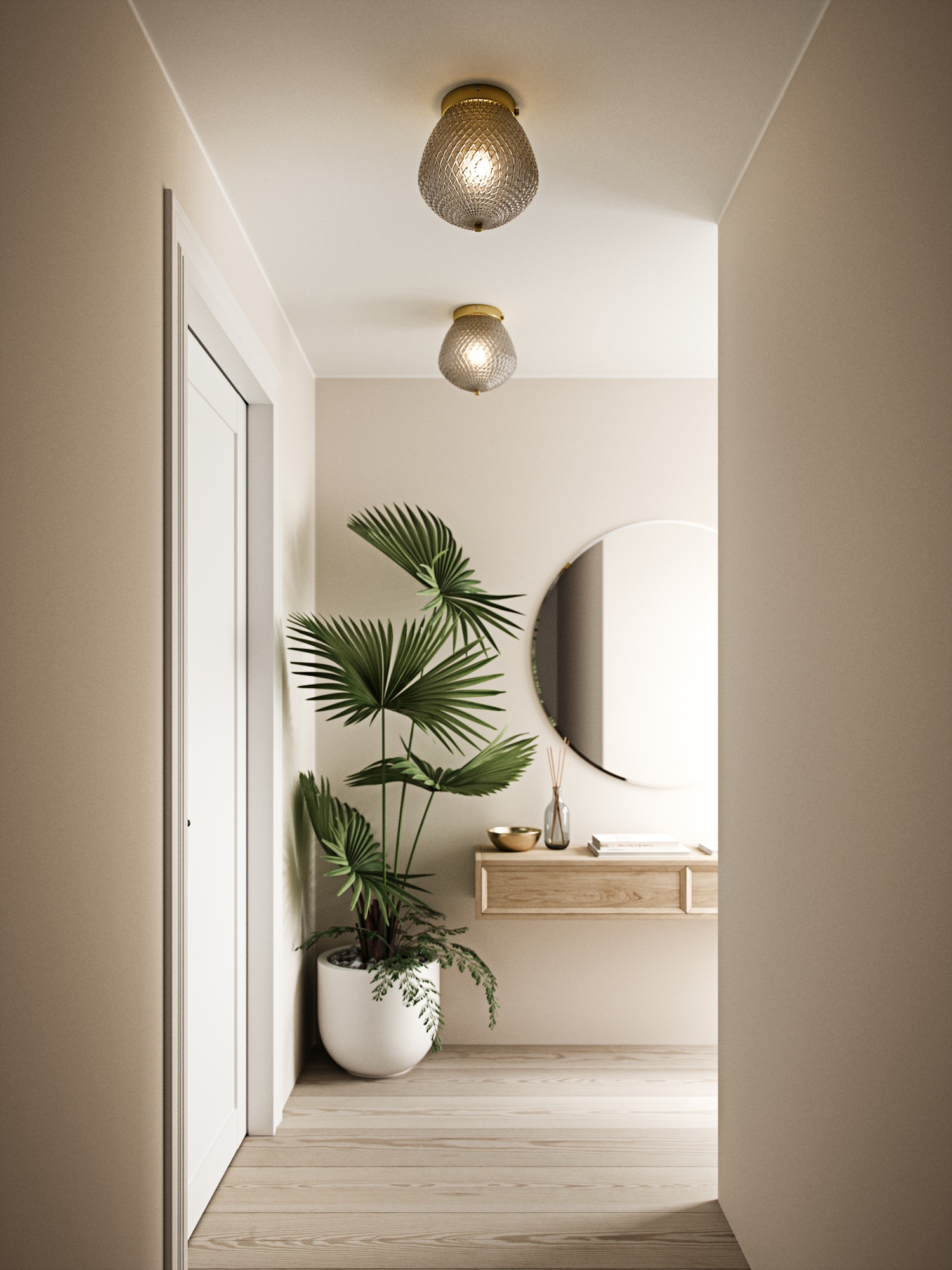
“Minimalist design really is the best approach for landings, because bulky furniture instantly blocks the flow,” explains Edward Simon, director at Direct Fabrics. “Keeping it light with floating shelves or slimline recessed units makes the space useful without weighing it down. Even a narrow alcove can be turned into a bookshelf, or a shallow floating console can give you a spot for keys or post without sticking out.”
Floating furniture adds function without footprint, which is ideal for displaying books, baskets or decorative objects while keeping the area open. Just make sure you keep the styling restrained so the shelves don’t overpower the space.

Edward Simon is the founder and Director of Direct Fabrics, launched in 2011 as a revival of his family’s textile legacy. With a background in accounting and a lifelong passion for fabrics, he leads the company in supplying high-quality, British-made curtains, blinds and soft furnishings.
5. Keep furniture slim and streamlined
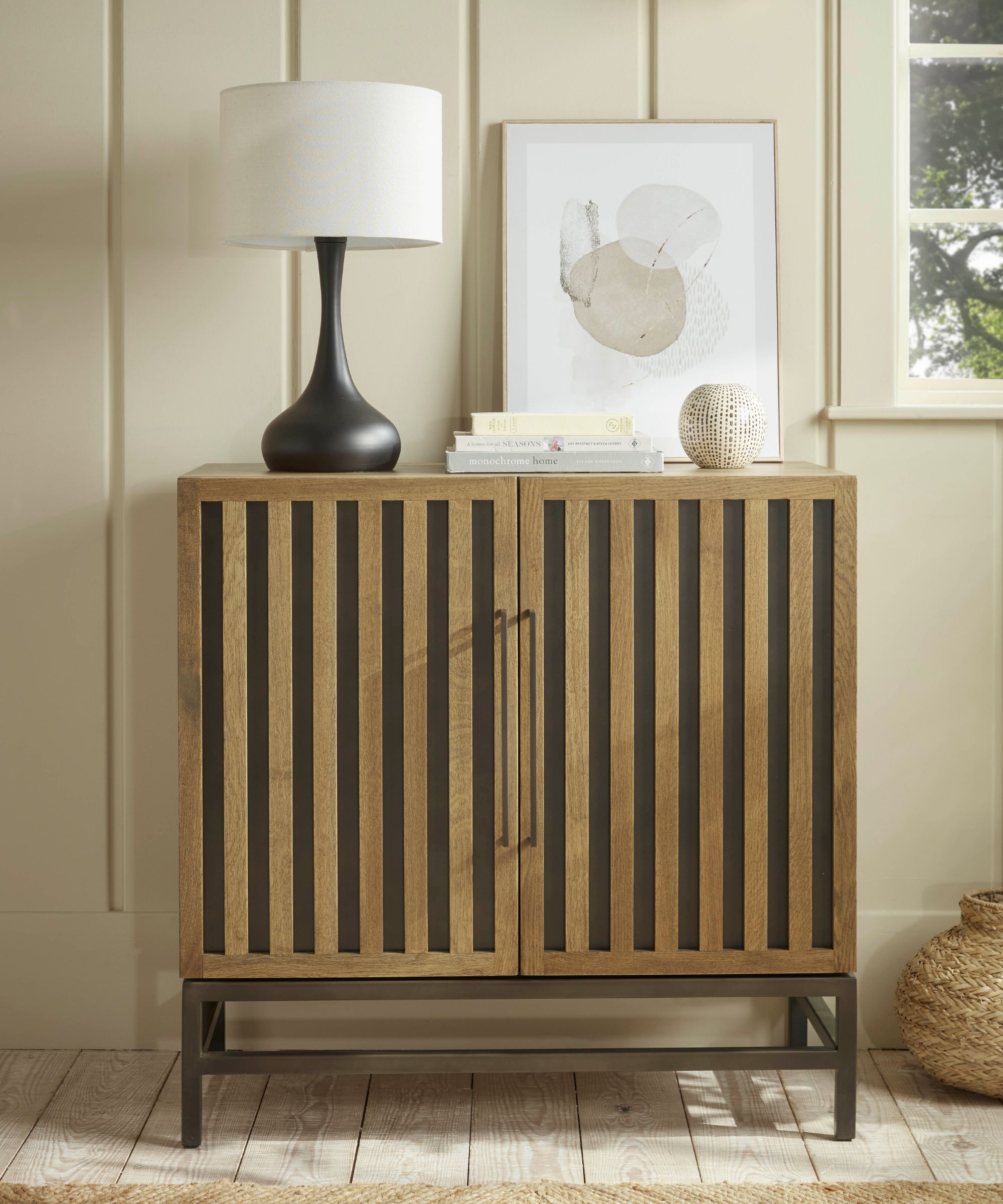
On a narrow landing, depth matters just as much as height. The aim is to create storage that feels purposeful without adding too much bulk. Slim-profile pieces — a narrow console with drawers or a low shelving unit — work beautifully tucked into alcoves, where they can replicate the look of bespoke joinery.
When painted in the same tone as the surrounding walls or skirting, these streamlined pieces appear built-in, giving a polished, tailored feel without the cost or permanence of custom cabinetry.
6. Think vertically where possible
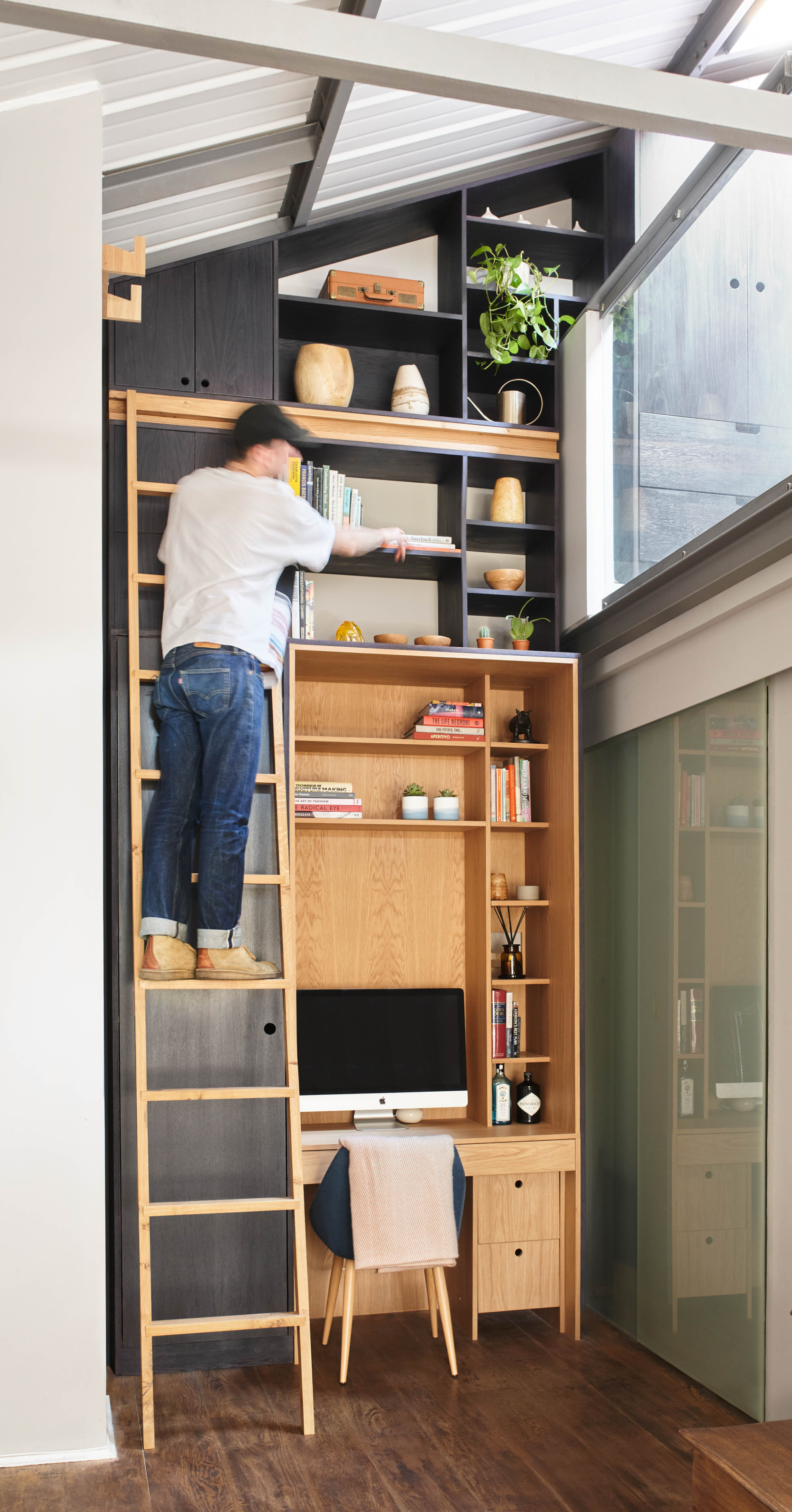
“To maximise space, think vertically – tall, narrow shelving or wall-mounted units are excellent for books and decorative storage,” says Maxwell Wilson, co-founder of Pocket Storage. “Keep style in mind too: matching finishes and colours with your staircase or hallway creates a seamless look, while closed storage keeps clutter out of sight and helps maintain a calm, open feel.”
For Jonathan Clark vertical storage is especially useful on awkward or compact landings. “Wall-mounted solutions draw the eye upwards, creating a sense of height that makes the space feel larger. Wall corner units are another smart choice, hugging the walls while keeping walkways unobstructed."

Maxwell Wilson is Co-Founder of Pocket Storage, where he applies his entrepreneurial and tech background to rethink the self-storage experience.
7. Turn awkward corners and sloped ceilings into standout features
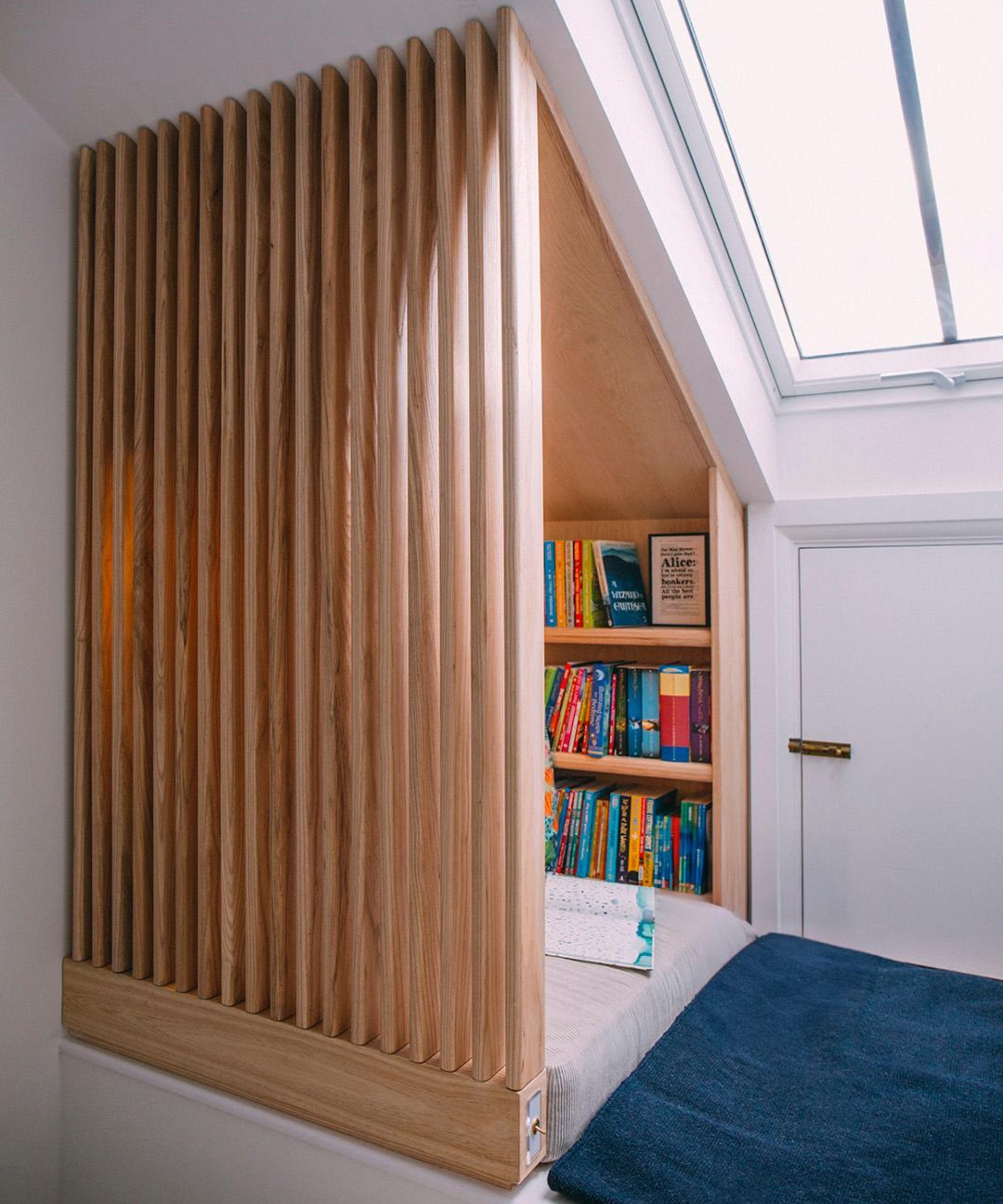
Tricky architectural shapes often hold the most untapped potential. But sloped ceilings, eaves or narrow corners can all be transformed with low, built-in cabinetry or shallow shelving that follows the line of the roof. Where head height allows, consider custom drawers or cupboards that taper to fit under the slope.
Melissa Denham explains how to get the most out of these awkward spaces: “Low-lying furniture can make rooms feel larger by nestling neatly beneath a sloping ceiling,” she says. “A bench or chaise-style seat can continue your design theme, giving you the chance to experiment with fabrics and finishes, while wide cabinets or bookcases make smart use of otherwise empty areas. Balance smaller-scale pieces with large artwork or mirrors to create interest and help open up the space.”
8. Add a freestanding bench or ottoman with hidden storage
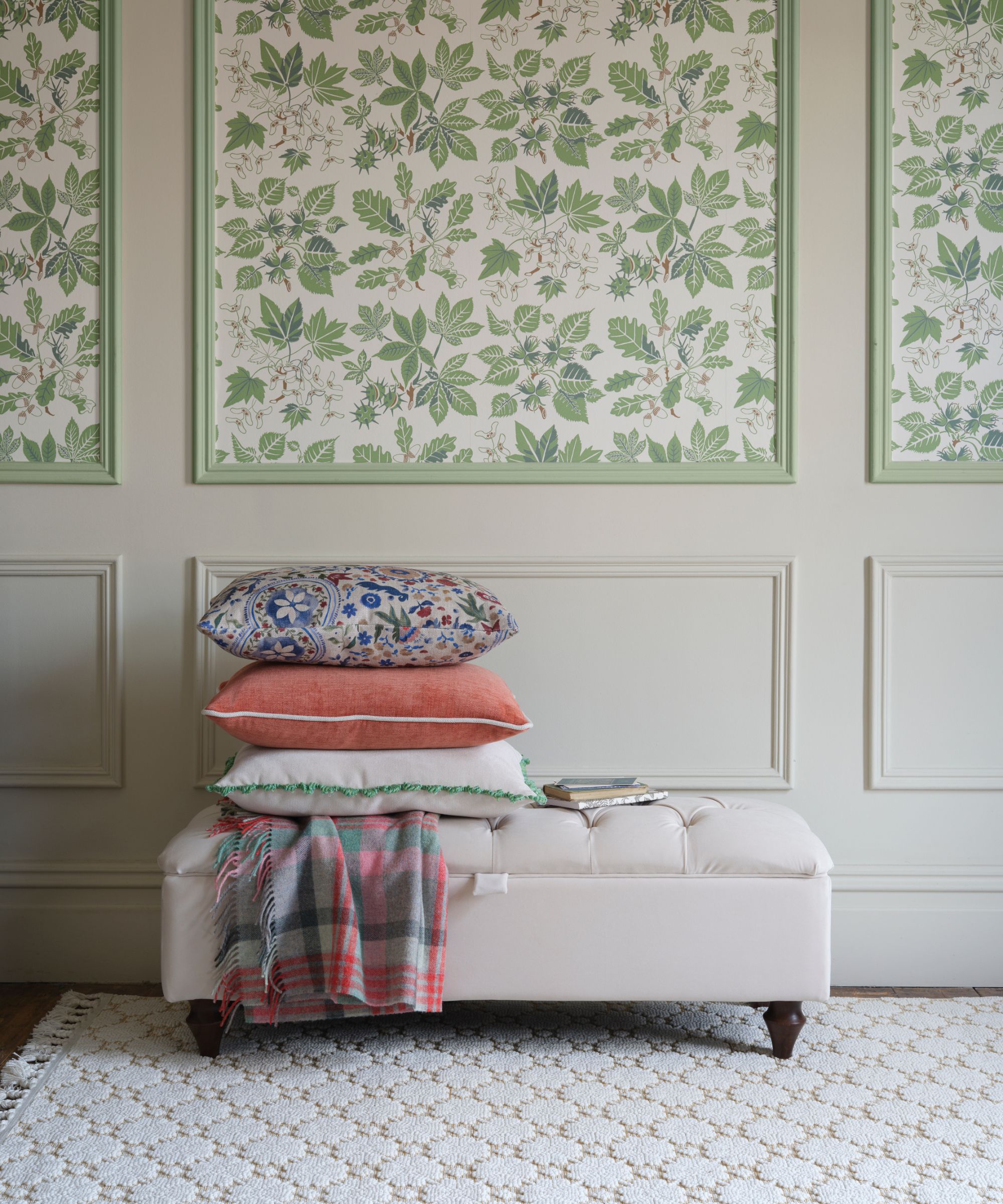
A storage bench or ottoman is a neat way to bring purpose to an empty stretch of landing. As well as offering a place to pause or put things down, it's also a convenient spot to keep blankets, shoes or books neatly tucked away. Because these pieces stand alone, they’re especially useful for rented homes or in small landings where built-in joinery simply isn’t practical.
Size and proportion are important factors to consider. A design that's too bulky will be hard to navigate around; too small, and it risks looking lost in the space. Choose a unit that feels in tune with your home’s style, such as simple timber lines for a modern look, or an upholstered seat in a soft, textured fabric for something a little more traditional.
Ottomans and storage benches
9. Add baskets and boxes for flexible storage
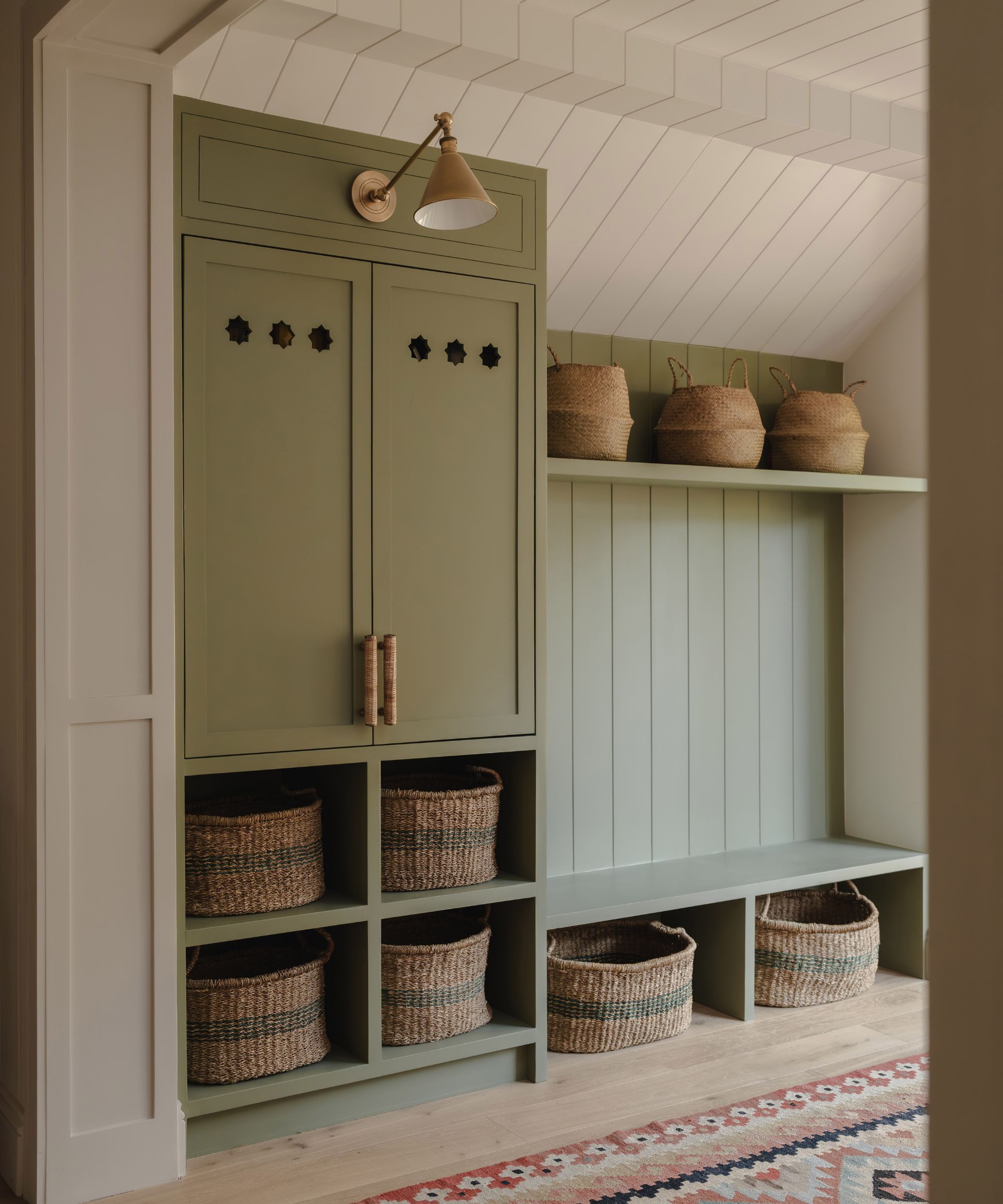
Sometimes the simplest storage is the most effective. Decorative baskets and boxes are ideal for landings, offering a way to keep smaller items organised without introducing heavy furniture. They can sit neatly on open shelves, under a console or even in an unused corner, bringing texture and warmth while keeping the space easy to adapt as your needs change.
Top tip: Look for natural materials such as rattan, wicker or woven seagrass to add softness against painted walls and hard flooring.
Shop storage baskets
10. Create a reading or work nook
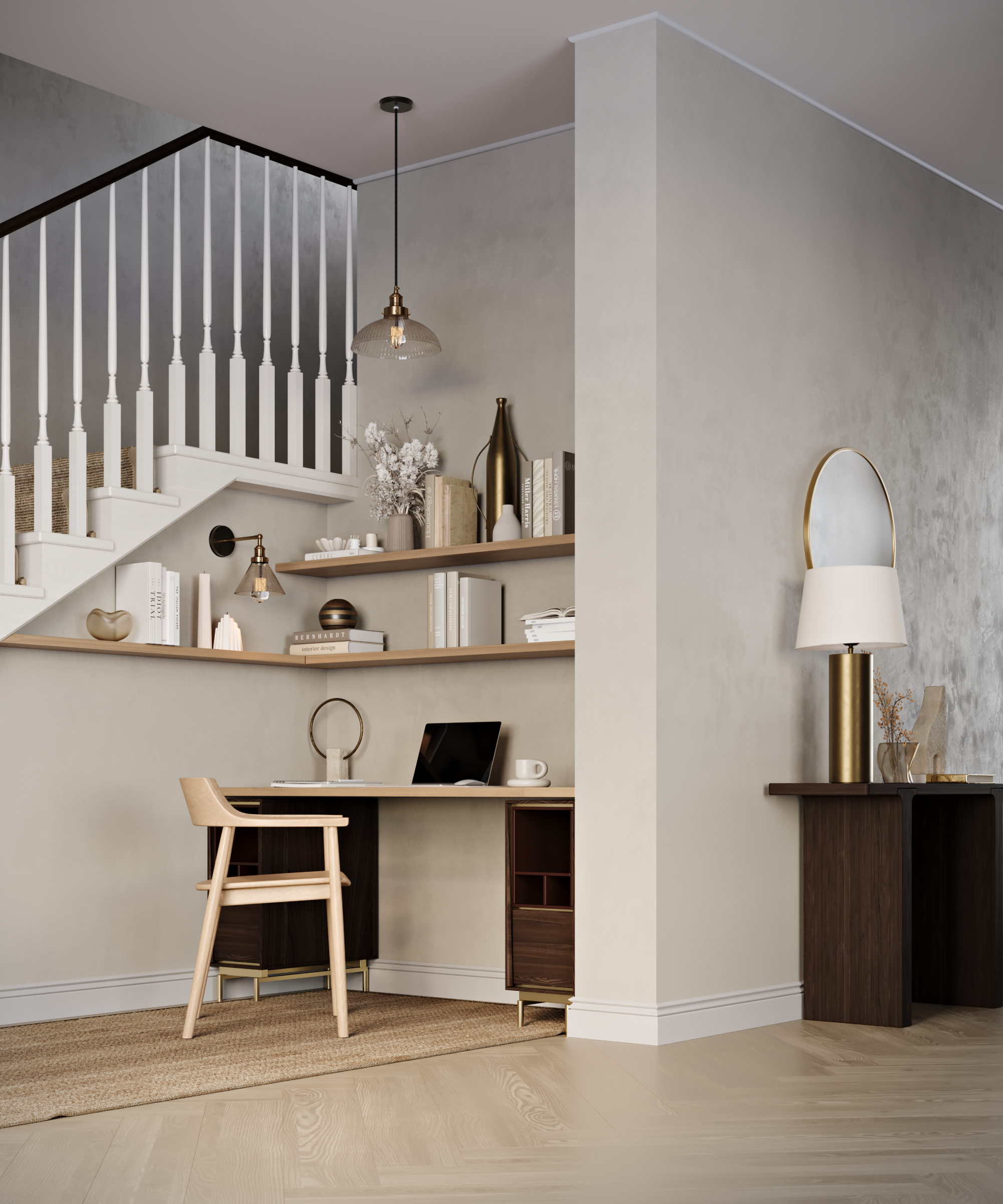
A generous landing can do far more than host shelves and cupboards. Whether it’s a built-in reading corner or a landing home office, transforming ‘dead’ space into something purposeful makes the room work harder.
“Landings are often left as an afterthought, but you can really bring them to life,” explains Mike Biddulph, founder of Goldfinch Furniture. “Even a small space can fit a foldaway desk or a reading nook – it’s about making use of every inch without blocking the walkway. A 750mm-high run of bookcase gives you extra display space and a surface for houseplants too. It only has to be 200mm deep to be useful.”
Some landings, often those at the top of an extension staircase, are large enough to accommodate a full desk and workstation. Working with sloping ceilings or uneven walls can be fiddly, so it’s worth investing in something custom-made to fit perfectly. “During the design process, think carefully about how tidy you are at the end of a workday,” Mike advises. “Make sure everything can be cleared away quickly and without too much fuss.”
For smaller spaces, a foldaway desk can be an excellent solution. “Off-the-shelf versions exist, but they can sometimes feel a little bouncy,” Mike adds. “If possible, try before you buy and plan where your paperwork and cables will live when the desk is folded away – a matching storage unit can help keep things neat.”

Mike Biddulph is founder of Goldfinch Furniture, where he blends craftsmanship and social purpose, creating bespoke furniture while training young apprentices and championing ethical, made-in-Britain design.
Tips and considerations when adding landing storage
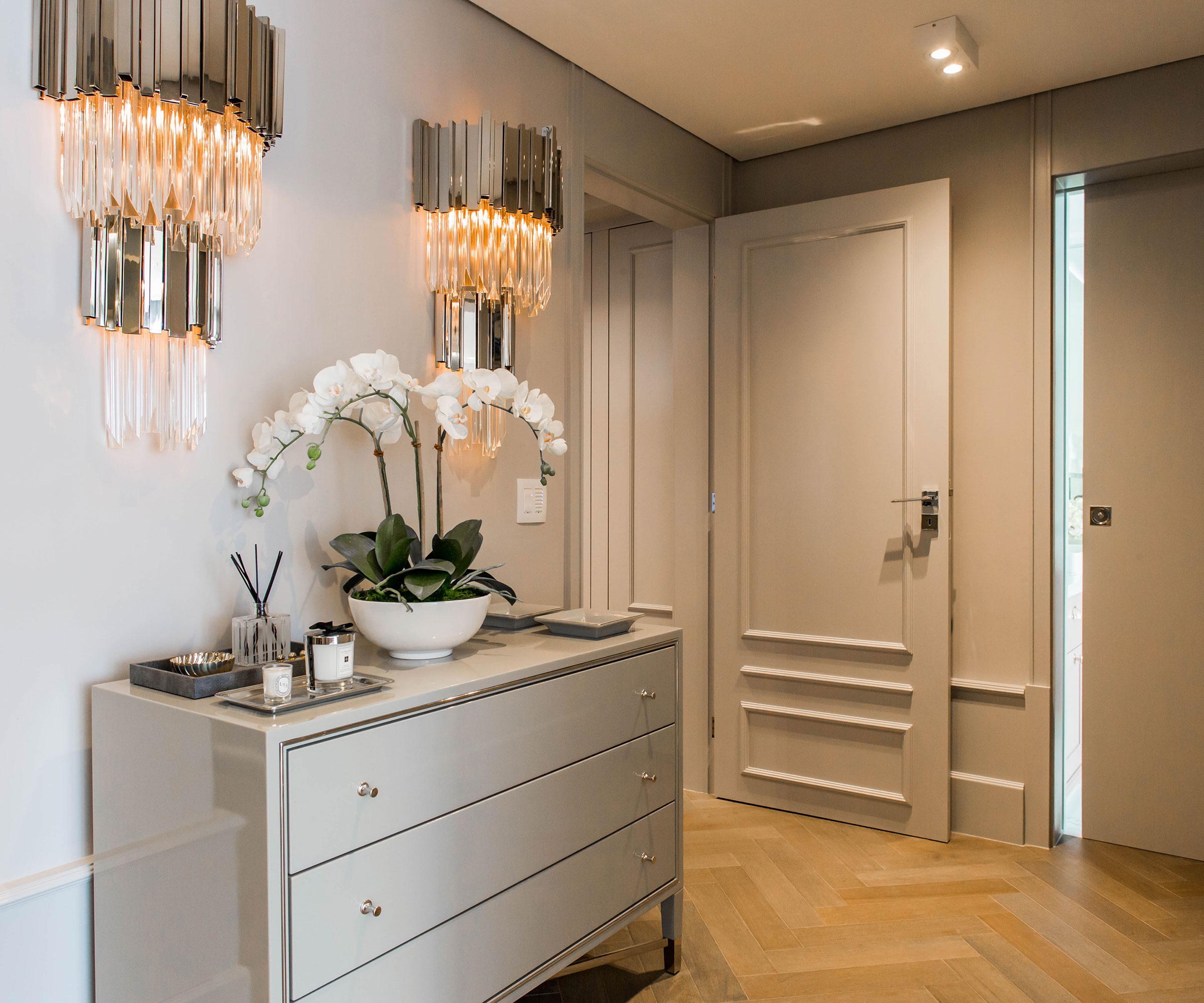
Every landing comes with its own challenges, from awkward layouts to limited light, so it’s worth planning carefully before you add any storage.
“With landings, safety and flow are important, so always try to maintain at least 80–90cm of clear passage to avoid creating trip hazards,” advises Rob Symon, storage expert at Ready Steady Store. “I recommend using vertical space for storage rather than bulky floor units, and choose light-reflecting finishes to keep the area bright and airy.”
“Aim to keep the storage cohesive with the rest of your home design,” adds Jonathan Clark, creative director at Shelved. “Select finishes, colours and landing lighting that complement adjoining rooms, or coordinate with the flooring and bannister. By putting in a little effort with the décor, you’ll transform your landing into a space that feels integral to your home, not just a functional space you rush through.”
Short on storage space downstairs? These boot room storage ideas keep everyday life running smoothly – from built-in benches that hide muddy boots to overhead shelving and baskets that make even the busiest spaces feel calm and organised.

Gabriella is an interiors journalist and has a wealth of experience creating interiors and renovation content. She was Homebuilding & Renovating's former Assistant Editor as well as the former Head of Solved at sister brand Homes & Gardens, where she wrote and edited content addressing key renovation, DIY and interior questions.
She’s spent the past decade crafting copy for interiors publications, award-winning architects, and leading UK homeware brands. She also served as the Content Manager for the ethical homeware brand Nkuku.
Gabriella is a DIY enthusiast and a lover of all things interior design. She has a particular passion for historic buildings and listed properties, and she is currently in the process of renovating a Grade II-listed Victorian coach house in the West Country.
